
Phototropin perceives temperature based on the lifetime of its photoactivated state
Blog, Plant Science Research Weekly, Research, Research BlogAlthough plants clearly perceive and respond to changes in temperature, it has not always been clear how they perceive temperature and its changes. Evidence for temperature sensing through membrane fluidity, protein stability and, more recently, the reversion of phytochrome to its inactive form has been…
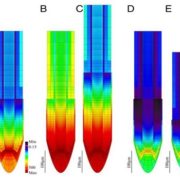
Auxin minimum triggers developmental switch in the Arabidopsis root ($)
Blog, Plant Science Research Weekly, Research, Research BlogThe root apex is an excellent tissue in which to study the mechanisms that control cell division and differentiation, as the cells produced by the root apical meristem form files of increasing age as they are moved away from the tip. In Arabidopsis, many mutant and reporter lines have contributed to…
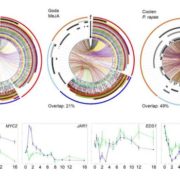
Architecture and dynamics of the jasmonic acid gene regulatory network
Blog, Plant Science Research Weekly, Research, Research BlogJasmonic acid (JA) and its derivatives including methyl jasmonate (MeJA) mediate diverse responses to wounding and herbivory and also help to control the growth-defense trade off. JA’s core signaling components have mainly been identified through genetics approaches in Arabidopsis, but gaps remain…
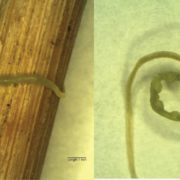
MicroRNAs from the parasitic plant Cuscuta campestris target host messenger RNAs
Blog, Plant Science Research Weekly, Research, Research BlogThere’s only one thing worse than having a parasite suck the life juices out of you, and that’s having a parasite suck the life juices out of you while simultaneously injecting you with miRNAs to increase your vulnerability. Shahid et al. looked at microRNAs isolated from dodder (Cuscuta campestris),…

Detection of nucleic acid–protein interactions in leaves using fluorescence lifetime imaging microscopy ($)
Blog, Plant Science Research Weekly, Research, Research BlogFRET-FLIM (Fluorescence Resonance Energy Transfer – Fluorescent Lifetime Imaging Microscopy) is a method that allows detection of interactions between two fluorescently-tagged molecules. Camborde and Jauneau et al. describe the use of FRET-FLIM to identify interactions in leaves between GFP-tagged…
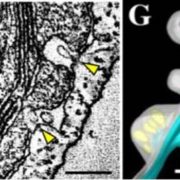
What We're Reading: September 8th
Blog, Research, Research BlogReview: Promiscuity, impersonation and accommodation: Evolution of plant specialized metabolism ($)
The huge set of chemical pathways beyond the conserved primary metabolic network is described as specialized metabolism (formerly known as secondary metabolism). The diversity of specialized metabolites…
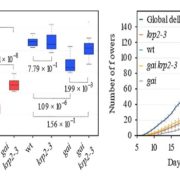
DELLA genes restrict inflorescence meristem function independently of plant height
Blog, Plant Science Research Weekly, Research, Research BlogGibberellins (GA) have a role in cell proliferation in the shoot apical meristem (SAM). GA binds to the receptor GID1, leading to DELLA protein degradation, thus promoting stem growth. In absence of GA, DELLAs inhibit growth. In this paper, Serrano-Mislata et al. explore how DELLAs, mainly GAI and RGA,…
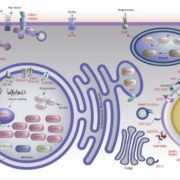
Review: Plant signaling and metabolic pathways enabling arbuscular mycorrhizal symbiosis ($)
Blog, Plant Science Research Weekly, Research, Research BlogThe relationship between plants and arbuscular mycorrhizal fungi has persisted for 400 million years, but we are still learning about the biochemistry of this interaction. MacLean, Bravo and Harrison review how plants attract, recognize, and accommodate their fungal partners, from pre-contact through…

SPF45-related splicing factor for phytochrome signaling promotes photomorphogenesis by regulating pre-mRNA splicing in Arabidopsis ($)
Blog, Plant Science Research Weekly, Research, Research BlogLight is one of the environmental conditions which regulates plants’ development, but knowledge of how light-induced transcript accumulation occurs via transcriptional versus post-transcriptional mechanisms is limited. Xin et al. report Splicing Factor for Phytochrome Signaling (SFPS) as an interacting…

